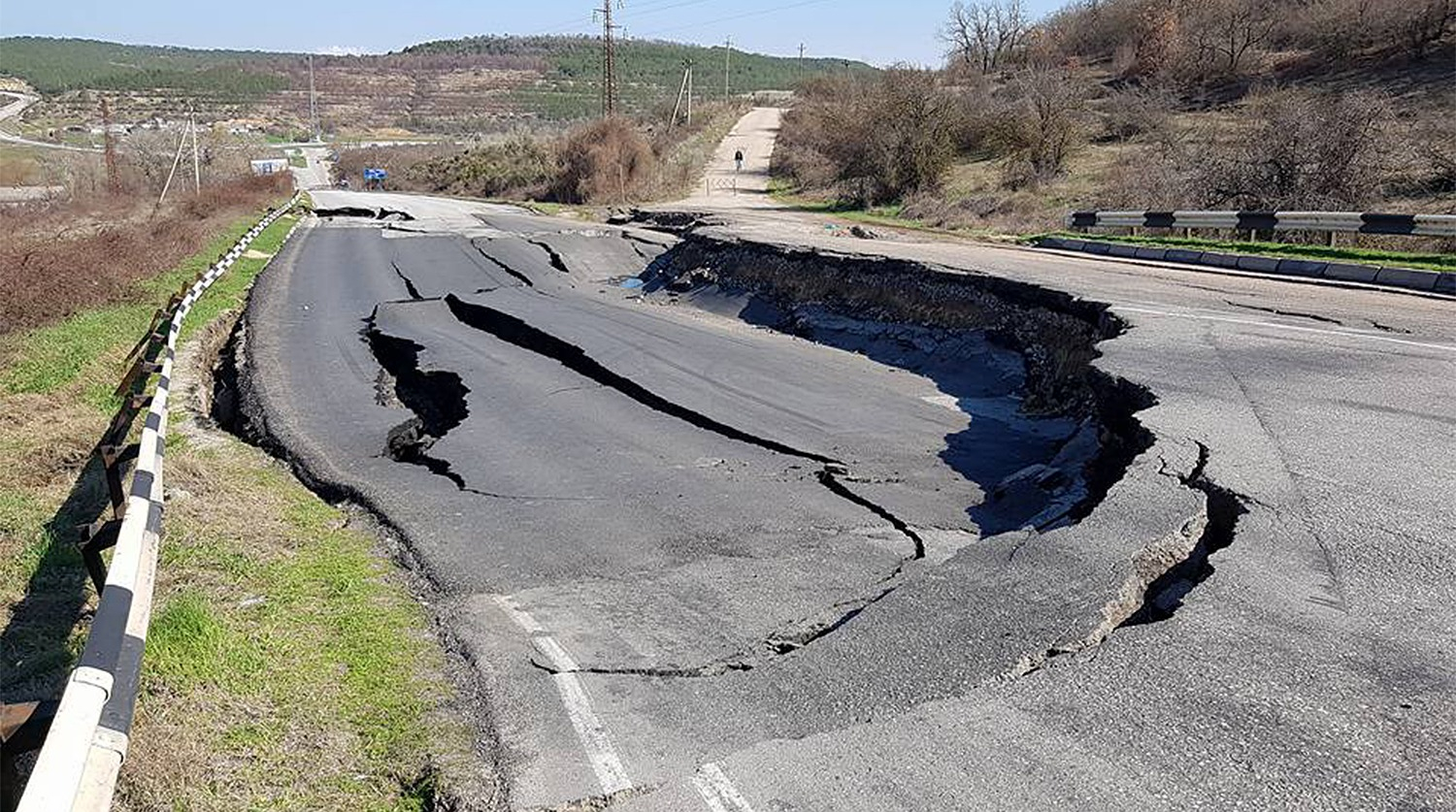The development was carried out with the financial support of the Russian Foundation for Basic Research.
The development was made by a young scientist Jan Ofrichter and his academic advisor, professor of the Department of Construction Operations and Geotechnics, Doctor of Technical Sciences Andrei Ponomarev.
— To predict the settlement of piles in the soil, it is necessary to take into account many factors: soil characteristics, geometric dimensions of the pile and the method of its installation. Research is carried out using direct and indirect methods. The former require financial costs, while the latter require additional calculations. Therefore, we used a different approach: we built an artificial neural network and trained it to predict direct tests based on the data of cost-effective indirect ones, — says the author of the project, assistant, Research Assistant at the Department of Construction Operations and Geotechnics of the Perm Polytech University, Jan Ofrichter.
The development will allow not to carry out additional research in the future. Instead, you will need to populate the existing database. Due to the ability of neural networks to process complex dependencies, it is possible to use the results of various tests in a complex. This approach will allow studying a larger number of soil characterictics and significantly improve prediction accuracy.
To get the result, the neural network uses data from direct tests, static probing, vertical load and pile characterictics. Scientists have tested many neural network models to find the most efficient architecture. As a result, they got a network of 4 hidden layers, each of which consists of 200 neurons. The researchers carried out machine learning with a backpropagation algorithm using a database of already existing objects.
The results presented by the neural network turned out to be 15-20% more accurate than the precipitation data using traditional methods. According to scientists, the development has improved the accuracy of the prediction using less information.


